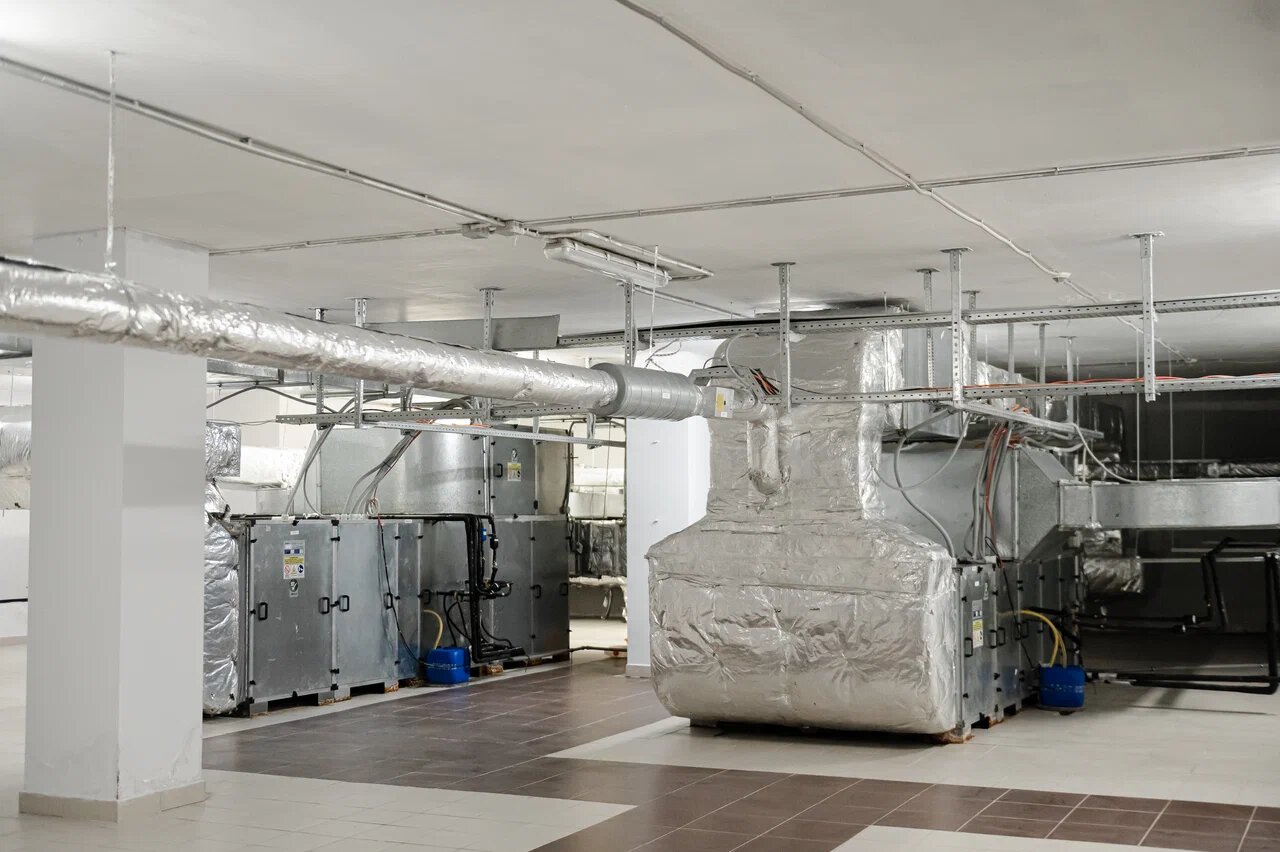“It’s beautiful like the one in Dubai!”
“Just like the one in Las Vegas,” the guests of the Olympic Park share their impressions.
Every day, you can see “water dances” here, a special fountain show. And while the tourists are looking at the waltzing jets of water going high to the sky and radiating all the colours of the rainbow, our correspondent went down underground. It is there that all the secrets of the famous Olympic fountain are kept.
Deep and high
Today, as in 2014, almost every day, crowds of tourists gather near the fountain on the Sochi Medals Plaza in the Sochi Olympic Park to watch a unique musical show of water and light.
In total, about 200 musical compositions sound at the fountain, each has its own show of water and light. The whole complex system is controlled literally from underground. In a huge room located right under the fountain, there is a large complex mechanism. Our tour is guided by Rustam Zhirov, Deputy General Director of the Geron company that operates and maintains the Olympic fountain. We go down the stairs and find ourselves in the control room.

These Tone’s names - La, La, Fa
These software programmes are used now to develop a spectacular musical fairy show of light and water. The first one (the so-called “player”) launches and carries on the show. The second software programme is the “editor”, in which this show is created. The third one is a “3D visualizer” that allows to run the entire programme on the visualizer without turning the fountain on and to remove “bugs” without the need to run the equipment once again.
A slim girl Tamara Kuzina is at the remote control in front of her computer with charts. She is a hydroplastic artist.
“First, I choose the music, then I select the pattern for it, the movements of water and light,” Tamara clicks the “mouse”. “I use 12 robots that create sheafs of water moving along three axes, there are 246 water ‘canons” to make water jets. There are also six water “hyper-cannons” producing 80-m high jets. For the play of light, I launch strobe lights or fog. Everything depends on the music.
Each musical composition lasts 3.5 minutes on average. Previously, it took Tamara about a month to create one “water dance”. Now, it takes two weeks only. To recreate the show on the water and express what the composer wanted to express, the girl gets her inspiration while watching films or ballets where this music sounds.
“When I was working on the musical composition from the “Schindler’s List” film, I watched the movie, got inspired and tried to express all the pain through the dark blue and red colours on the water,” recalls Tamara.
Pushing the water up
Another unique feature of the fountain is in its technology: the water in it, unlike others, moves not due to its own pressure, but due to the air pressure. At each moment of time, the air flow lifts up about 10 tonnes of water. The system of compressed air, which enters through the air duct under a pressure of eight atmospheres, helps carry out this. The experts call a room with four compressors (90 kilowatts each) the “lungs” of the fountain. For comparison, 60 kilowatts are required to provide lighting for a four-entrance five-storied apartment building. The “brain” of the fountain is the server room where there are control panels controlling the light, music and other mechanisms: 36 loudspeakers and two thousand light devices.
“Maintenance work on the fountain is going regularly,” Rustam Zhirov tries to shout over the noise of the compressors. “For example, water changing is carried out once a month and lasts five days. It takes a whole day to drain 3.5 thousand cubic metres of water. After that, several workers in wetsuits clean the fountain bowl, replace parts and fill it with water again. If such work is not carried out, the dust or debris from the water can enter the compressors and they can be damaged. And each of them costs a huge sum of money.”


